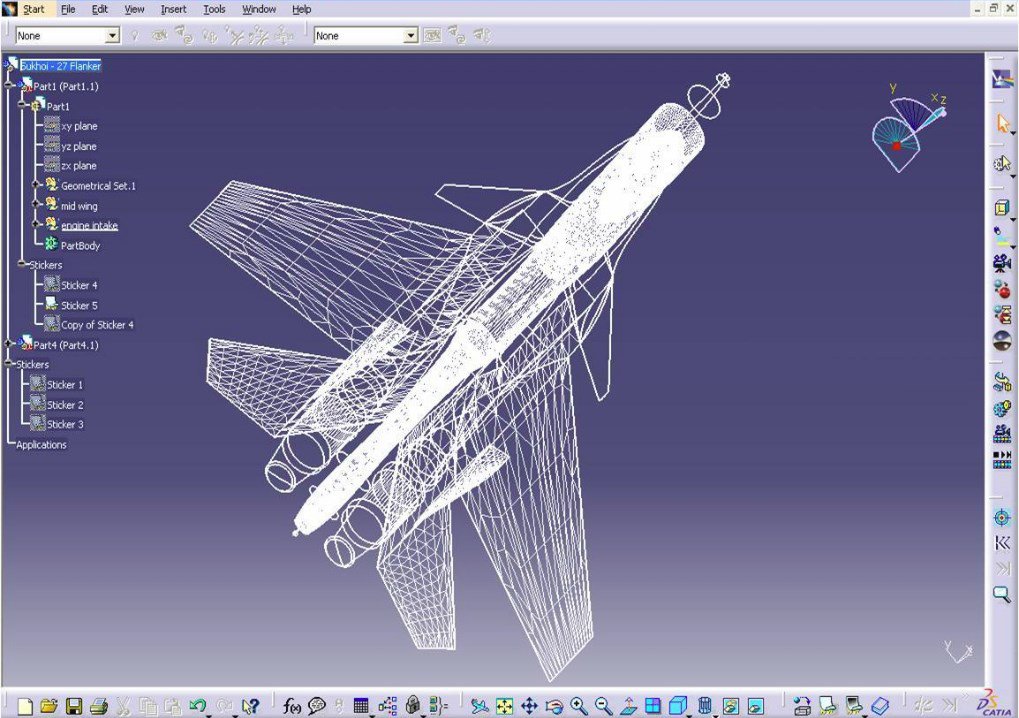


Carosso, Vincent P., The Waltham Watch Company: A Case History, Bulletin of the Business Historical Society, Vol.Archived from the original on May 10, 2012. ^ 'Abraham Lincolns Waltham Pocket Watch'.^ 'Waltham Precision Instruments vs Federal Trade Commission'.^ Waltham descriptions of observed watches.

In 2014, he confessed that he had made a mistake: 'it was a Bulova, not a Waltham.' See also References In 1996, astronaut David Scott, commander of the Apollo 15 mission in 1971, stated that he wore a Waltham watch on his third lunar EVA when his standard Omega Speedmaster Professional chronograph became damaged. It is said that the hygiene and cleanliness rules of the team were so strict that women were not allowed to wear makeup and if someone had just come back from a sunny vacation, they were forbidden to work near the assembly area for fear that they could have skin flaking off from their suntans. Nobody had ever tried to manufacture precision instruments that would work with such accuracy before the Waltham team. Mechanical gyroscopes, spinning with ever-higher precision, very low friction, and very low wear, required the utmost accuracy and absence of even the most minute defect.

The MIT team learned how to work with high precision machining while under the operation and direction of military contractor Raytheon Space and Information Systems Division Waltham Operations. Charles Stark Draper, worked closely with the Waltham Watch Company. MIT engineers, students and staff, led by Dr. The guidance system was high mechanical technology, like the precision parts in a watch. The engineers' starting point was MIT's revolutionary guidance system, which included gyroscopes and instruments for measuring changes in direction. In early 1962, Massachusetts Institute of Technology (MIT) engineers began work on the Apollo navigation system.


 0 kommentar(er)
0 kommentar(er)
